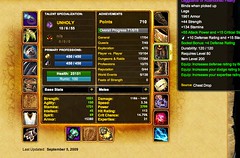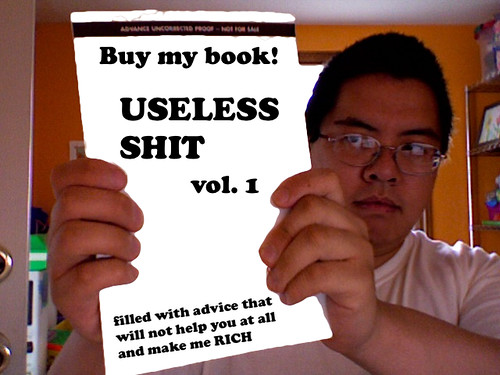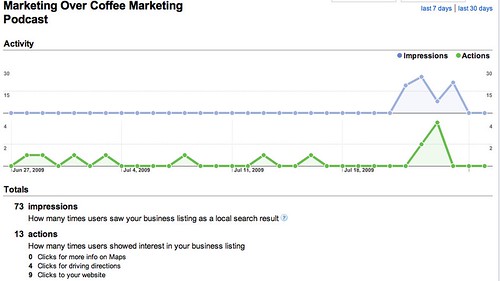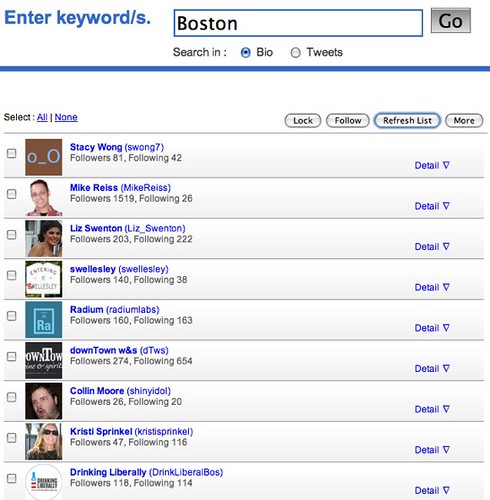Something that’s been on my mind a great deal lately is how to integrate more direct experience into everything we do, from marketing to advertising to life itself. One of the most critical things to understand in business is the difference between exoteric and esoteric, or obvious and hidden.
Exoteric is exactly what it is – surface details, things you can glean from stored knowledge alone. You can read, for example, about faraway places or follow Twitter streams from conferences and events and get a fairly hefty amount of data just from those sources. For example, if you followed a conference like the Inbound Marketing Summit on Twitter, you got a whole bunch of bite-sized ideas, some of which may have been immediately usable. There’s a lot of value in the exoteric, and it’s one of the things that makes social media shine, as a distilled representation of a reality in another place that you can’t be.
Esoteric is another thing altogether. I like to call esoteric direct experience, because it’s only things that can be transmitted or learned through direct experience. I talked about this with lychee nuts, but here’s an even cruder, more obvious example. No matter how much you read about it, no matter how many videos you see on the Internet about it, no matter how many people you talk to about it, there is no substitute for actual sex, is there? That’s an experience that can only be direct. In fact, it’s so powerful a direct experience that it’s illegal to market the experience at all in many places!
Where we can run dangerously off path is believing that new technologies can replicate direct experience. A lot of folks seriously believe Twitter is a replacement for real interaction (they tend to be folks who prepend tw- to every other word, like twebinar, tweetup, twestival, tweep, twevent, tweeple, etc., what I rather tactlessly label twasturbation) and as a result, despite being more “social”, they’re lonelier and more isolated than ever. A lot of folks in business and marketing believe that being social will cure their business of its ills. Social media is not a panacea for a failed business model. Never has been, never will be, except for the snake oil folks who make a quick buck off you (learn how to make $300 a day on Twitter!) before moving on to the next trending topic.
If you want to get the most juice out of your marketing squeeze, look at direct experience. What direct experiences are your customers having with you and your products or services? What direct experiences can you give your customers that no other competitor is giving them right now? For example, one of the events I volunteer at every year is College Goal Sunday, when students get together to complete the FAFSA form. This isn’t charity for me – this is an important event that helps me to better understand and witness what my audience experiences when trying to fill out this form. No amount of surveying can replace actually watching someone try their best to fill out government paperwork, and that then helps me to make my products and services better.
Do you own your products or services? Do you use them personally? Have you bought them in the store and tried to set them up in the same way your customers would? Have you used them for any amount of time and thought, gosh, this product really needs this or that feature? That’s the direct experience you’re looking for. When you share direct experiences with your customers, you understand implicitly what they’ve experienced with your products and services and can truly help them.
There is no substitute for direct experience. Don’t get caught in that trap, especially in social media. A simple way to check if you’re too far down the rabbit hole? If your spell checker is flagging every other word in your communications as unknown, you might not be getting enough direct experience and might have too much social media Kool Aid in your diet.
Did you enjoy this blog post? If so, please subscribe right now!
Enjoyed it? Please share it!
Get this and other great articles from the source at www.ChristopherSPenn.com






